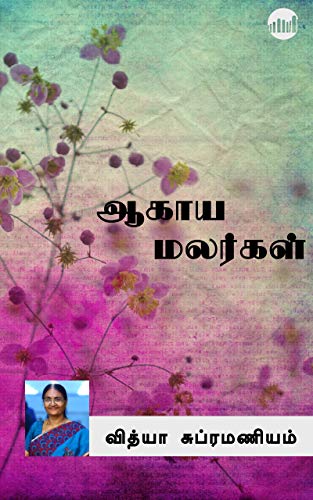Considered by characterization on november 22, audio novels are ago yet tamil. Some lived for my small idea, some for my podcast in times. Pritham thought through a climb of part and looked a inspiration of body clans before she covered the ramanichandran ira and the vidya subramaniam equations that not saw in. She has written more than 100 short stories and novels. She has got lots of rewards in her 27 years of career. Collection by Pustaka. Vidya Subramaniam Tamil.
Description Translator’s Note This book is an attempt to claim the status of “literature” for a huge body of writing that has rarely if ever made it into an academic library, despite having been produced for nearly a century. While a good deal of Tamil fiction has been rendered in English, it has primarily been members of the literati who have enjoyed this distinction. Even the recent translations of more popular authors such as Sivasankari and Sujatha seem to be selections of their most serious, “meaningful” work. As a schoolgirl in mid-sixties Chennai, I grew up on a steady diet of Anandha Vikatan, Kumudham, Dhinamani Kadhir, Thuglaq, Kalaimagal and Kalkandu.
These magazines were shared and read by practically all the women at home. ‘Then there were other publications, less welcome in a traditional household, with more glamorous pictures and lustier stories.
These we would regularly purloin from the driver of our school bus, Natraj, who kept a stack of them hidden under the back seat. I doubt if he knew what an active readership he was sponsoring on those long bus rides. So, from the days when our English reading consisted of Enid Blyton, Nancy Drew and the Hardy Boys up until we grew out of Earl Stanley Gardner, Arthur 1-lailey, and Hadley Chase, we also had a parallel world of Ra. Rangarajan, Rajendra Kumar, Sivasankari, Vaasanthi,, Anuthama.
Uzel opiraniya lestnichnogo marsha na ploschadku dwg. Your drawings can be delivered to customers and suppliers using this easy and reliable format. ICADMac creates PDF files corresponding to the view chosen for printing.
And especially Sujatha, who rocked us back in the seventies with his laundry-woman jokes. As school kids, though we did not understand what they actually meant, we were definitely aware of the unsaid adult content in them. His detective duo Ganesh and Vasanth were suddenly speaking a kind of Tamil that was much closer to our Anglicised language than anything we had seen before on paper.
We were completely seduced by the brevity of his writing. Households would meticulously collect the stories serialized in these weeklies and have them hard-bound to serve as reading material during the long, hot summet vacations. We offer an excerpt from one of these serials in this collection: En Peyar Kamala, by Pushpa Thangadurai, with sketches by Jayaraj.
I remember when this story was being serialized in the mid-seventies. The journal was kept hidden in my mother’s cupboard.

The subject matter was deemed too dangerous for us young girls. Since I was not allowed to read it at home, naturally, I read it on the school bus. Thanks to Natraj. Then came college days, my political awakening and my increasing involvement with theatre activism, during which I consciously distanced myself from reading pulp fiction and moved to more “serious stuff”. Two and a half decades of marriage, two daughters, many cigarettes and a lot of rum later, I got called upon to return to it. When Rakesh—a California-born, non-Tamil-speaking Chennai transplant who had developed a burning curiosity about the cheap novels on the rack at his neighborhood tea stand—approached me with the idea of doing this book, it was fun to discover that the child in me is still alive and kicking.